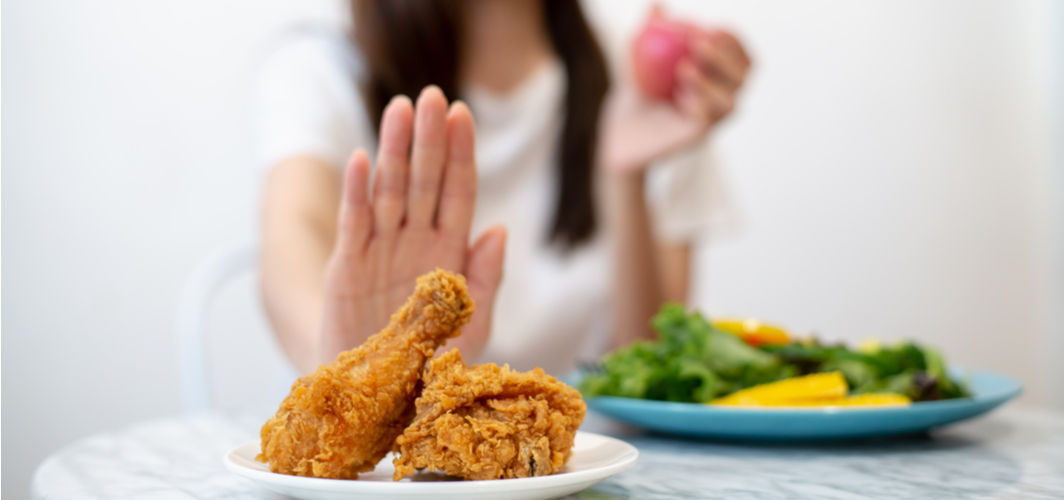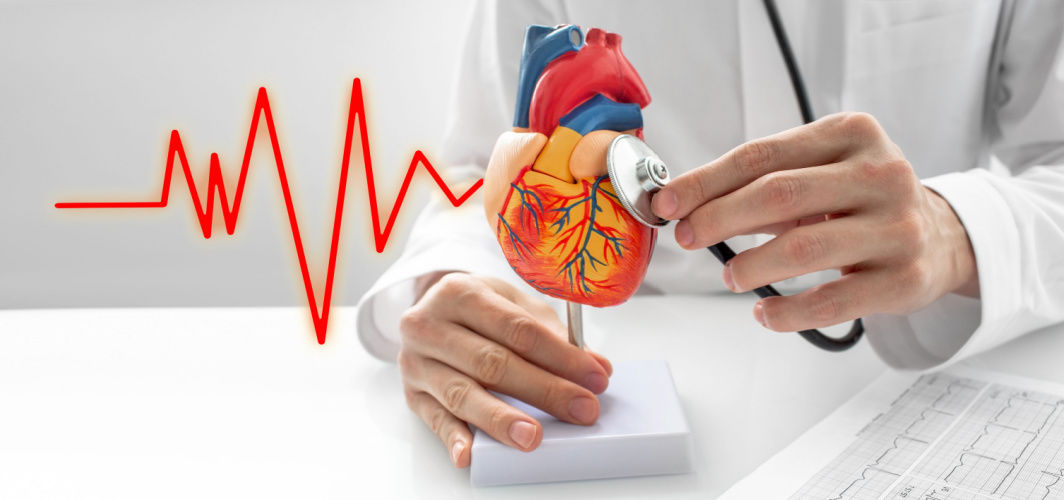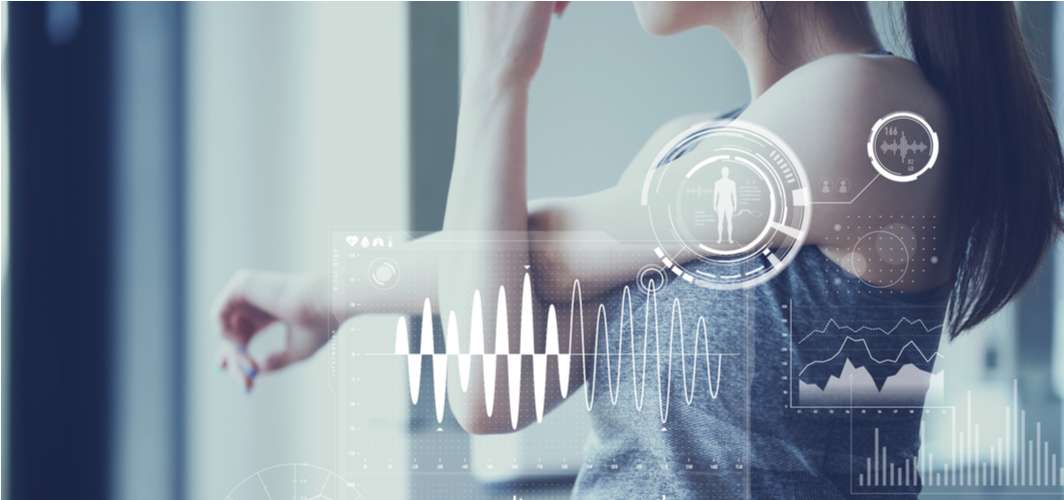Heart Conditions
Understanding Orthostatic Hypotension in Adults
3 min read
By Apollo 24|7,Reviewed by Dr. Divya Chandrasekharan, Verified by Dr. Srividya Kalavagunta, Published on - 13 August 2024
Share this article
0
0 like
.jpg?tr=q-80)
Imagine sitting comfortably for a while, and when you stand up, you suddenly feel dizzy or lightheaded. This isn’t just a minor annoyance—it might be a sign of orthostatic hypotension (OH). Orthostatic hypotension occurs within 3 minutes of standing when a person stands up from a sitting or lying position.
"Orthostatic" means upright, while "hypotension" means low blood pressure. This condition is essentially low blood pressure that occurs upon standing. It is commonly seen in adults with uncontrolled hypertension. Let’s explore orthostatic hypotension, why it happens, and how to manage it, especially if you already have high blood pressure.
Why Does It Happen?
Several factors can lead to orthostatic hypotension, including:
- Age: As we age, our bodies might adjust blood pressure slower than they used to.
- Health Conditions: Conditions like diabetes can affect the nerves that help control blood pressure.
- Medications: Some medicines, especially those for high blood pressure and a few psychiatric drugs, may cause orthostatic hypotension.
- Dehydration: Drinking too little water reduces the amount of blood in your body, making it hard for your heart to pump enough blood to your brain when you stand.
Symptoms of Orthostatic Hypotension
How do you know if you have orthostatic hypotension? Watch out for these symptoms when you stand up:
- Dizziness or Lightheadedness
- Feeling Faint or Fainting
- Weakness
- Blurred Vision
- Confusion
Relationship between Orthostatic Hypotension and Cardiovascular Risk
Orthostatic hypotension is not just an isolated issue; it may also increase the risk of cardiovascular problems. Studies suggest that people with this condition have a higher risk of developing:
- Heart failure
- Atrial fibrillation
- Coronary heart disease
- Heart attack
This makes it crucial to identify orthostatic hypotension early to manage it effectively before the complications arise.
Diagnosis of Orthostatic Hypotension
Diagnosing orthostatic hypotension involves measuring blood pressure in different positions:
- First, blood pressure is measured while the patient is lying down.
- Then, it's measured again after the patient stands up.
After standing, orthostatic hypotension is diagnosed if blood pressure significantly decreases (it can be either the top {systolic} or the bottom {diastolic} number).
Doctors may also review the patient's medical history for hypertension, medications, and other symptoms.
Treatment of Orthostatic Hypotension
Treatment options focus on managing the underlying causes and symptoms. They include:
- Adjust Medications: Talk to your doctor about your medicines. They may change your dosage or switch you to a different drug.
- Stay Hydrated: Drink plenty of fluid to keep your blood volume up, and check with the doctor to know your ideal fluid consumption level if you have cardiac or kidney issues.
- Move Slowly: When getting up from sitting or lying down, do it slowly. This gives your body time to adjust.
- Compression Stockings: Wearing these can help improve blood flow in your legs, making it easier for your heart to pump blood to your brain.
- Exercise and Physical Techniques: Standing exercises such as crossing your legs and squeezing your thighs can maintain your blood pressure.
Conclusion
Orthostatic hypotension occurs when a person stands up from a sitting or lying position within 3 minutes of standing. "Orthostatic" means upright, while "hypotension" means low blood pressure. This condition is essentially low blood pressure, which happens upon standing. This is commonly seen in adults with uncontrolled hypertension. It might sound complicated, but understanding it is the first step to managing it. If you experience dizziness or lightheadedness when standing, talk to your doctor. Together, you can create a plan to keep your blood pressure steady and your body healthy. Remember that even small changes can make a big difference!
Services
Heart Conditions
Consult Top Cardiologists
View AllLeave Comment
Services
Recommended for you

Heart Conditions
How COVID-19 Causes Heart Muscle Damage
A recent study has shown that the Coronavirus can damage the heart muscle and tissues permanently, increasing the risk of heart failure.

Heart Conditions
High Triglyceride Levels and How It Affects the Heart
High triglyceride levels in the blood can increase the risk of developing various heart diseases and metabolic syndrome.

Heart Conditions
ECG vs Echo: Know the Difference Between Electrocardiogram vs Echocardiogram
Electrocardiogram (ECG) and echocardiogram (Echo) tests are non-invasive diagnostic procedures that aid in diagnosing and managing various cardiac conditions for improved overall heart health. While they sound similar, there are many major differences between the two tests. Read on to explore the distinctions between an ECG and an echo test.
Subscribe
Sign up for our free Health Library Daily Newsletter
Get doctor-approved health tips, news, and more.
Visual Stories

Easy Cardio Exercises to Keep Your Heart Healthy
Tap to continue exploring
Recommended for you

Heart Conditions
How COVID-19 Causes Heart Muscle Damage
A recent study has shown that the Coronavirus can damage the heart muscle and tissues permanently, increasing the risk of heart failure.

Heart Conditions
High Triglyceride Levels and How It Affects the Heart
High triglyceride levels in the blood can increase the risk of developing various heart diseases and metabolic syndrome.

Heart Conditions
ECG vs Echo: Know the Difference Between Electrocardiogram vs Echocardiogram
Electrocardiogram (ECG) and echocardiogram (Echo) tests are non-invasive diagnostic procedures that aid in diagnosing and managing various cardiac conditions for improved overall heart health. While they sound similar, there are many major differences between the two tests. Read on to explore the distinctions between an ECG and an echo test.



